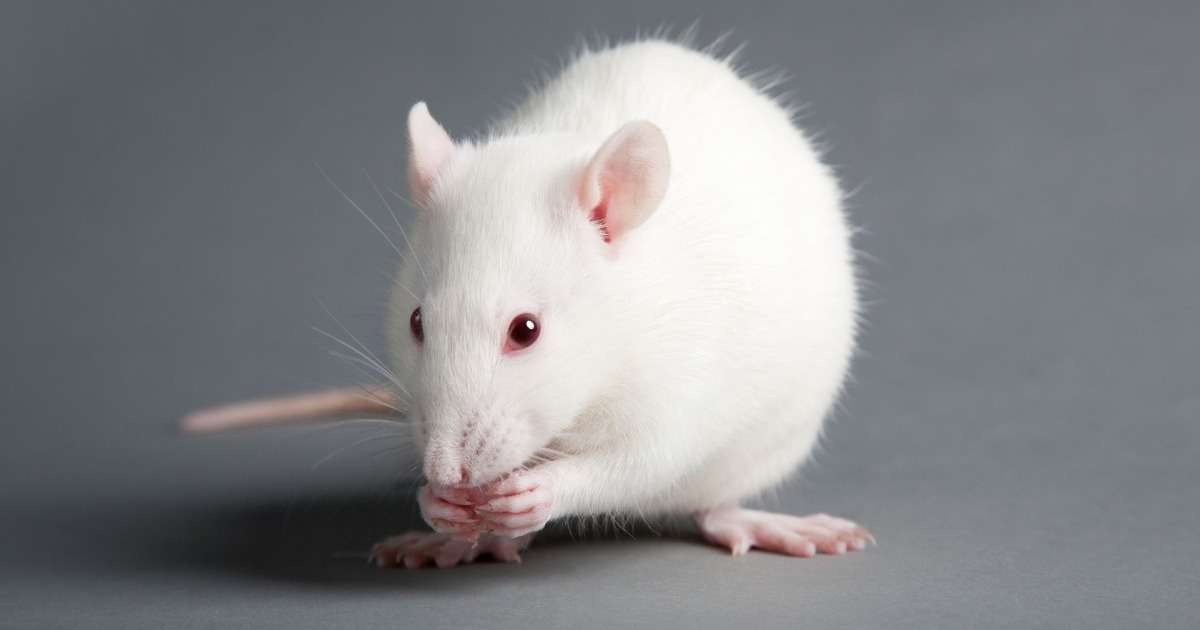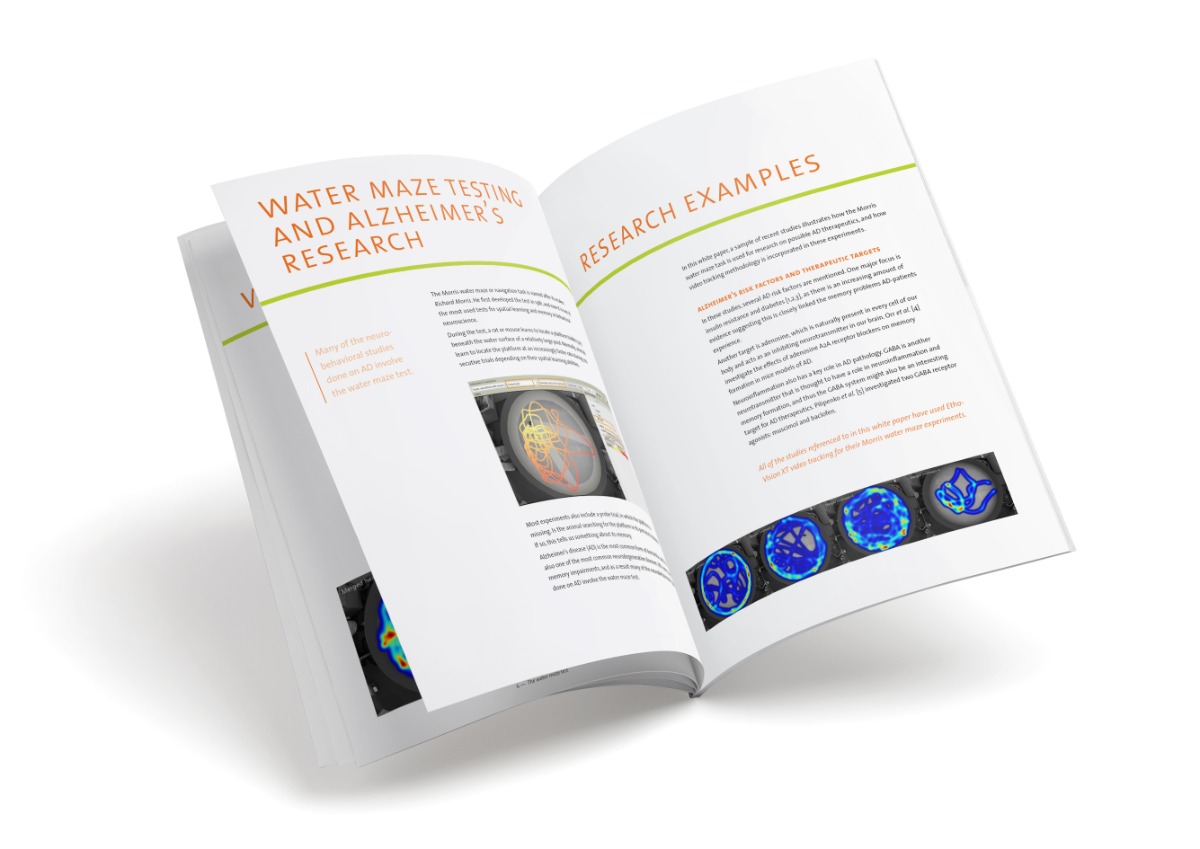
Testing without stress: high-throughput phenotyping
The importance of being flexible
The ability to recognize harmful situations and respond accurately is important for the survival of any animal. In order to respond to these situations the animal must be able to learn, remember, and alter its behavior. Deficits in these abilities are associated with many affective and psychiatric disorders, like Schizophrenia and ADHD.
Testing without severe stress
Classical behavioral tests on learning and responding to aversive situations make use of rather severe stimuli. An example is the use of foot shock floors in behavioral tests with rats and mice. In addition to this, the animals are manually handled prior to testing because they are transferred to a test cage. This itself is a stress factor and influences the behavior of the animals and thereby the test results.
Automated observations in a home cage
The PhenoTyper is an observation environment with all the attributes of a home cage. Rats and mice can be observed in a non-intrusive way in a PhenoTyper. The integrated camera allows for continuous behavioral recordings of the animals. Tests can be carried out automatically, without the necessity to move the animals to a test environment. The PhenoTyper is connected to video tracking software, to analyze the behaviors automatically. In addition to this, lamps and buzzers can be controlled automatically in response to the behavior of the animals.
Testing a mild aversive stimulus
Maroteaux et al. (2012), developed an automated home cage observation test with the PhenoTyper to study the ability of mice to learn to avoid a mild aversive stimulus. Eight commonly used mouse strains were studied. Mice were kept individually in PhenoTyper cages that contained a shelter with two entrances. Most mice had developed a preference for one of the shelter entrances after four days habituation in the PhenoTyper cages. Then, using the full capabilities of EthoVision XT, a light switched on in the shelter only when the animal used the preferred entrance. In the next three days almost all strains switched their preference to the other entrance. The only two strains that did not were visually impaired.
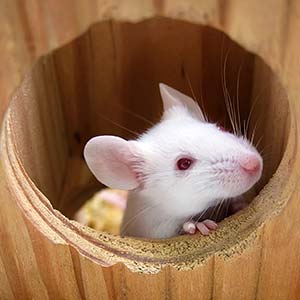
High throughput screening for flexibility
Subsequently, the setup was used for high throughput phenotyping. The authors performed the test with 45 mutated mice strains. One mutant strain switched its preference for the shelter entrance much later than the other strains. All other behaviors of this strain, like walking speed or number of entries in the shelter, remained normal. This mutant strain had a defect in the gene specc1/cytospinB. The function of this gene is currently unknown, but the authors hypothesize it may be involved in cognitive abilities of mammals.
Testing without stress
The authors conclude that it is possible to study avoidance behavior with subtle stimuli in a home cage environment, which is important for the animals’ welfare. In addition to this, automated home cage observations make high throughput behavioral testing, for example for drug development or genetic research, possible. With this developed test, the ability to learn to avoid aversive stimuli can be studied.
Reference
Maroteaux, G.; Loos, M.; van der Sluis, S.; Koopmans, B.; Aarts, E.; van Gassen, K.; Geurts, A.; The NeuroBSIK Mouse Phenomics Consortium, Largaespada, D. A.; Spruijt, B. M.; Stiedl, O.; Smit, A. B. and Verhage, M. (2012). High-throughput phenotyping of avoidance learning in mice discriminates different genotypes and identifies a novel gene. Genes, Brain and Behavior, 11, 772–784.
Get the latest blog posts delivered to your inbox - every 15th of the month
more
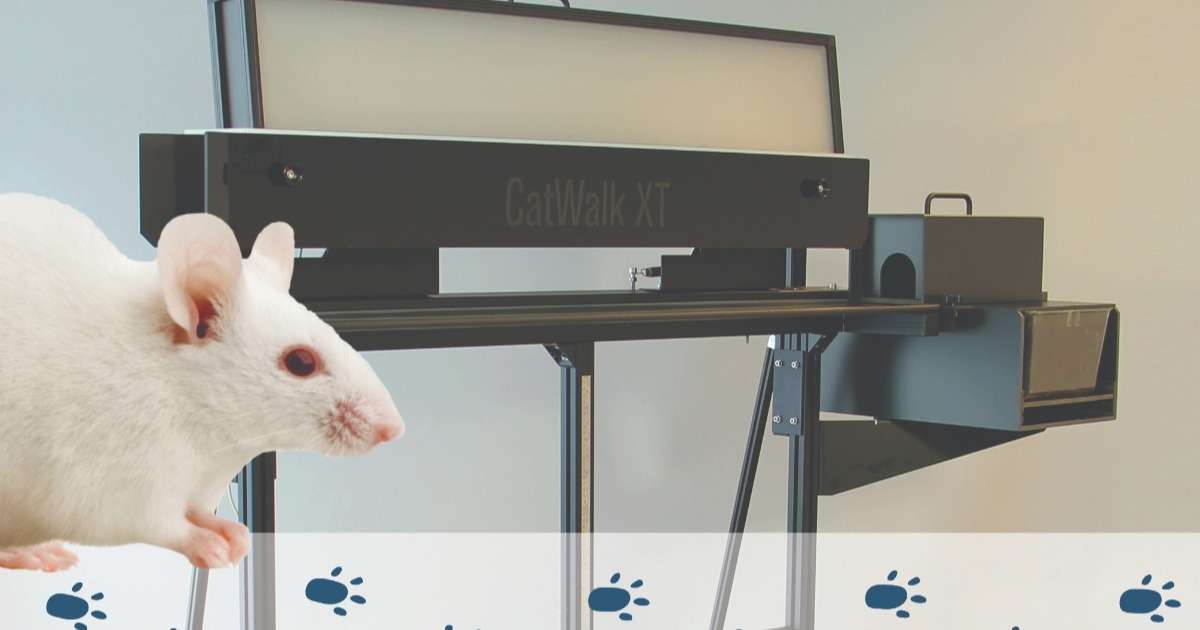
3 ways to use rodent gait analysis in CatWalk XT
CatWalk XT has been used for gait analysis in multiple studies and has helped experimental procedures for a number of neurological disorders and in lesion models. These 3 blogs tell you more about that!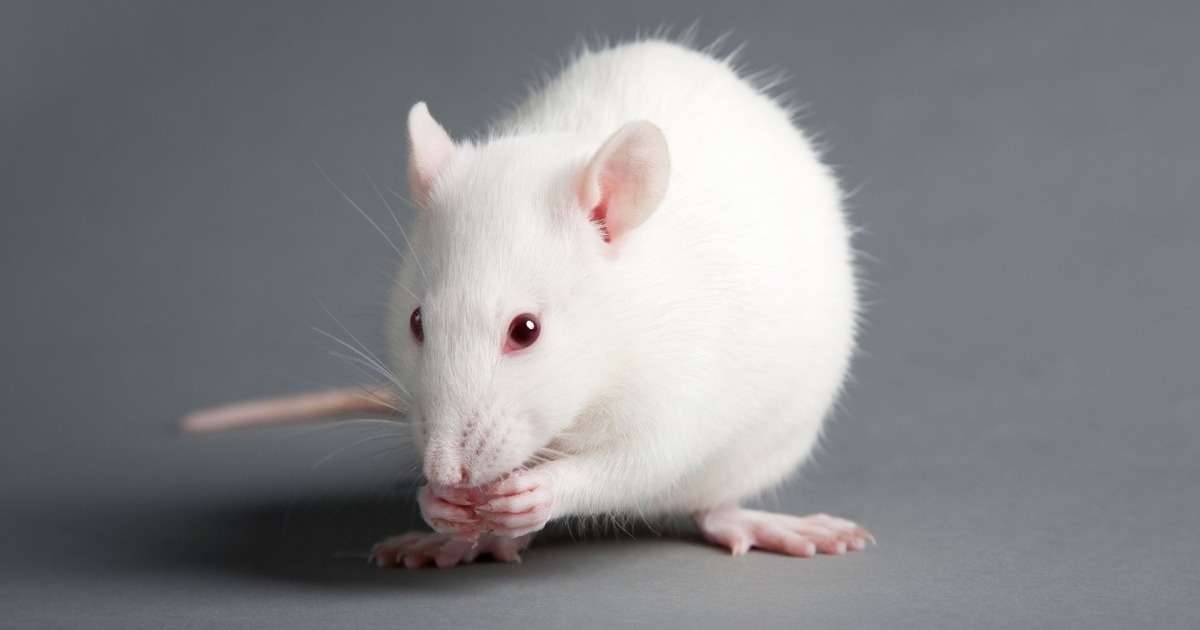
Extracellular vesicles from umbilical cords improve traumatic spinal cord injury
Spinal cord injury is crippling and hard to treat. Secondary injury caused by inflammation and scarring significantly impact motor function and locomotion. Extracellular vesicles can improve recovery.